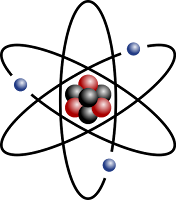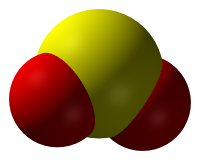We have
already learnt that entities of substances like atoms, ions, molecules,
electrons etc are extremely very small in size and their numbers (atoms,molecules)
is extremely very large even in a small substance.
The word
Mole is derived from a Latin word “moles” which means “heap” or “pile” which
means heap of atoms or molecules. The word mole was used for the first time in 1967
to provide a simple way to calculate large number of atoms in a small substance.
Now, Mole
is used as unit of measurement in the International System of Units (SI) for a
substance. As we use pair, dozen, bunch etc to measure the quantity of the
substance, mole is also used to measure the specific number of particles.
One mole of
the substance is an amount of substance containing Avogadro’s number of
particles. Avogadro number or Avogadro constant (NA) is equal to 602,214,199,000,000,000,000,000.
It can be simply taken as 6.022 x 1023.
A mole or
Avogadro number is the number of particles that are exactly equal to number of
atoms present in 12 grams of Carbon-12 isotope.
Use Of Mole
Concept In Calculations:
1.Molarity=
Number of moles of solute/Volume of solution (litres)
2.Molality=
Number of moles of solute/Weight of solvent (kg)
3.Mole
Fraction(X) = Fraction of substance in a mixture expressed in mol
XA= nA/(nA+nB);
XB= nB/(nA+nB)
XA+XB=1
(n= number of moles)
Molar Mass And
Molecular Mass:
Molar mass
is defined as the mass of 1 mole of substance expressed in grams.
Molecular
mass or molecular weight is defined as the sum of the atomic masses of atoms in
the molecule. Molecular mass has unified mass units.
Example- H2O
Molar mass of water (H2O)= 18
grams.
18 grams water has 1 mole molecules of
water which is 6.022 x 1023 molecules.
Molecular mass of water (H2O)=
18 u.
18 u of water has only one molecule of
water.






